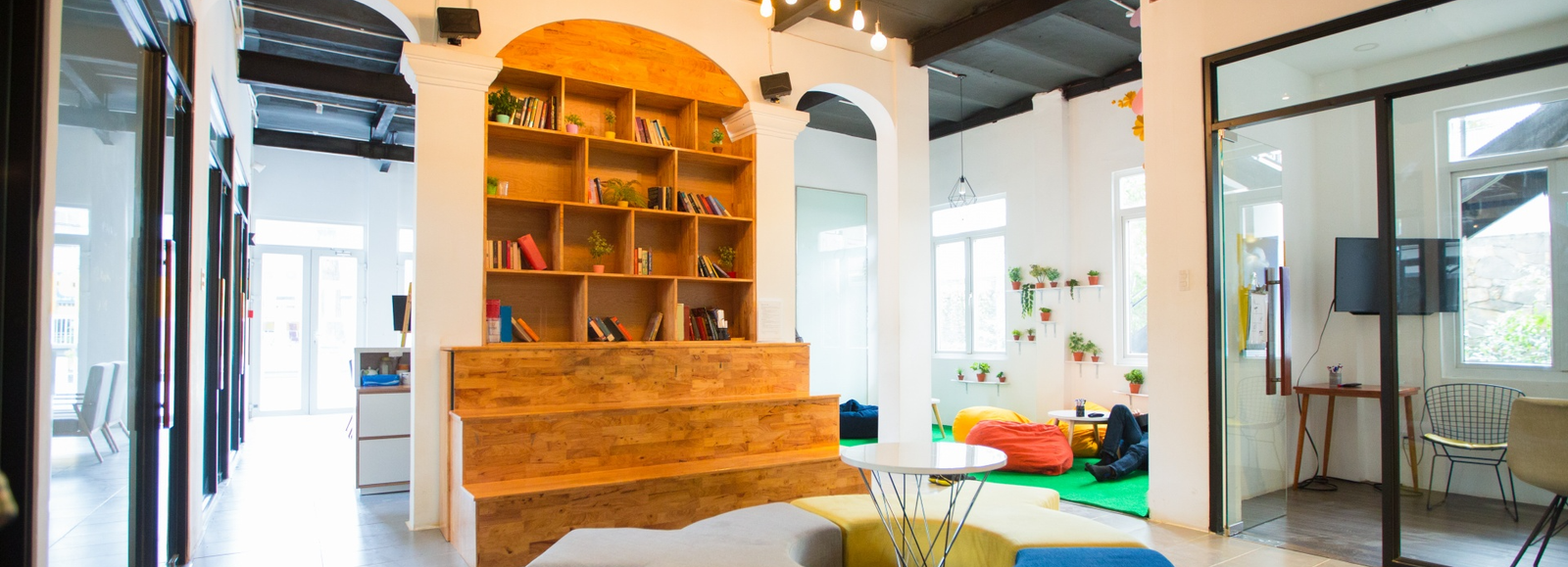How to choose the Best Interior Designing College for Yourself?
Choosing an interior design college is a crucial decision that can shape your future in the creative industry. With the right choice, you can gain the skills, experience, and knowledge needed to excel as a professional interior designer. However, with numerous colleges offering various programs, it can be challenging to know what to look for. In this guide, we’ll explore the most important things to keep in mind before choosing an interior design college to ensure your decision aligns with your career goals, provides quality education, and sets a solid foundation for success in the interior design field.

Points to select the Best College –
1. College Accreditation
College accreditation ensures a quality education and compliance with certain educational standards. There are many colleges in the country that are accredited by accrediting bodies that are recognized by the government. There is no doubt that accreditation ensures that the curriculum, faculty, and facilities of a college or university meet industry standards.This recognition ensures that any degree earned will be accepted by most employers.
2. College Reputation

There is no doubt that a college’s reputation can make a significant difference to your education and future career prospects. It is important to research the reputation of the college both within the interior design community and among employers. Consider reading reviews, ratings, and feedback from current and past students in order to make an informed decision. Make sure that you choose a college that has a proven history of consistently sending out graduates who have succeeded in their career path.
3. Curriculum and Specializations
You should review the curriculum offered by the college that specialises in interior design. It is critical to find a degree or diploma program that covers a wide range of aspects of interior design, such as design theory, drafting, computer-aided design (CAD), space planning, materials, lighting, and colour theory. If you are interested in a particular area of interior design or wish to specialise or concentrate on it, check the college’s specialisation and curriculum.
4. Faculty and Facilities
Your learning experience will greatly depend on the expertise and experience of the faculty members who will be teaching you. Make sure the professors in the interior design department have good qualifications and backgrounds. Having a faculty member with industry experience can be really helpful. You should also consider the resources and facilities available to students, such as design studios, computer labs, libraries, and workshops. In order to learn practical skills, it is crucial to have access to modern equipment and resources.
5. Networking and Internships

The importance of internships for gaining practical experience and constructing professional networks cannot be overstated. Make sure you inquire about the college’s connections to the industry and its history of helping students obtain internships. Colleges who have established relationships with design firms, architecture firms, and other relevant organisations can offer valuable internship and cooperative education opportunities.
6. Success Stories of Alumni
It is possible to gauge the college’s abilities to prepare students for careers based on the success stories of alumni. Examine the career paths and accomplishments of former students. You should also look for graduates who are well-placed in top design firms, who have won awards, or have made notable contributions to interior design. It is also possible to find mentorship, networking, and job opportunities through alumni networks.
7. Campus Visits and Open Days

Take advantage of campus tours or open days whenever possible so you can see the college’s environment, facilities, and overall atmosphere firsthand. By attending, you will have the opportunity to interact with faculty members, current students, as well as view current projects and exhibitions. Observe the design studios, workshops, and classrooms to see whether they are well-equipped and conducive to creativity.
8. Placement in College
Assess the employment prospects for college graduates by evaluating its placement records. Seek out information about the companies that regularly hire from the interior designing program. Having a strong track record of successful placements indicates that the college is respected and recognized by the industry, increasing your chances of securing employment after graduating. Check with your college if it provides career services and job placement assistance for students who are transitioning into the workforce after graduation.
9. Fees and Cost of Program

Tuition fees and other associated expenses should be taken into account. Check out the college’s fees and determine if they fit within your budget. Learn about the available financial aid options, including scholarships, grants, and student loans. Scholarships based on merit or need are sometimes offered by colleges for interior design students. Don’t forget to explore these opportunities and ensure that you have a financial plan in place to fund your education.
10. College Location
Your overall experience can be impacted by the location of a college. The location should offer access to design resources, industry events, and potential job markets, depending on whether you prefer an urban or suburban setting. Moreover, consider lifestyle factors, such as the cost of living.
11. Industry Connections and Guest Lecturers
Look into the college’s industry connections and whether they regularly invite industry professionals for workshops, seminars, and guest lectures. A number of insights can be gained from these interactions, as well as networking opportunities and exposure to current industry trends.
12. Portfolio Development and Exhibitions

Find out if the college provides guidance or opportunities for you to exhibit or compete in design competitions while developing your portfolio. In order to convince potential employers of your skills and to demonstrate your motivation for a job, you must have a strong portfolio.
13. Continuing Education and Professional Development
You should find out if the college offers any opportunities for you to continue your education and development as a professional. You can enhance your skills, keep up to date with industry advancements, and expand your knowledge beyond your core curriculum by taking workshops, certificate programs, and short-term courses.
14. Technology and Software

Computer-aided design (CAD) software and other technology tools are essential to interior design. You can gain an advantage in the job market if your college provides access to the latest software programs and offers training on their use. Familiarity with industry-standard software can give you a competitive edge.
15. Special Events and Workshops
Take advantage of special events, conferences, and workshops organised by the college regarding interior design. These events can enhance your knowledge, expose you to industry experts, and provide you with opportunities for networking.
Conclusion
A successful career in interior design begins with selecting the right college. You can make a well-rounded decision if you take into account factors such as accreditation, reputation, curriculum, faculty, facilities, internship opportunities, alumni success, campus visits, placement records, financial aid, and location. Choosing a college that meets your unique needs and sets you on a path to achieving your professional goals can be easy if you do your research, visit campuses, and speak with current students and alumni. The foundation for a rewarding and fulfilling interior design career is laid when you invest time and effort in selecting the right college.
Read https://jdinstituteborivali.com/interior-designing-course-syllabus/ for more details about the interior design course. Start planning now so you can begin your interior design career soon.














